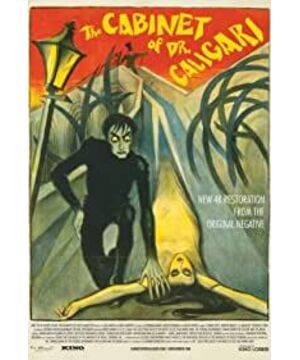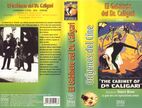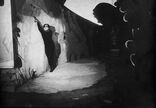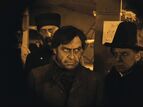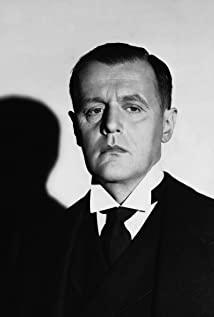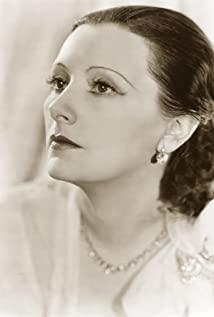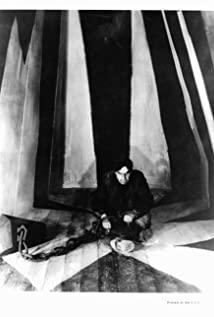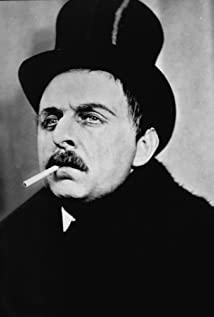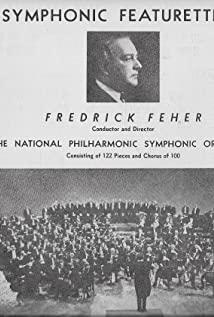German expressionist films draw on many elements from dramas and paintings, such as architectural spaces and scene props. Streets and houses are often skewed, exaggerated and distorted. The lines, compositions, and images are weird, revealing violence and madness. The characters' heavy makeup, strange expressions and erratic gowns look like madmen, wandering spirits or vampires. I also saw traces of the influence of "woodcutting". In the European woodcut works of the 1920s, there are many references to the “evil abyss” of the city: crowded and noisy, drunk, corrupt, depraved, naked prostitutes, and bloody assaults on the streets... full of intense and stimulating speed, in the streets and crowds. Lost in the panic, and the breath of desire and death. The irrational aspect of instrumental rationality modernity.
"Dr. Caligari's Cabin" and "Nosferatu" are excellent "horror films" in silent films, which influenced later "film noir" and horror subgenres such as "vampire" movies. In a scene in "Dr. Caligari's Cabin", the ugly man in black takes the beautiful woman away, and the new work "Holy Motors" (2012) by French director Leos Carax is still paying tribute to it.
View more about The Cabinet of Dr. Caligari reviews


